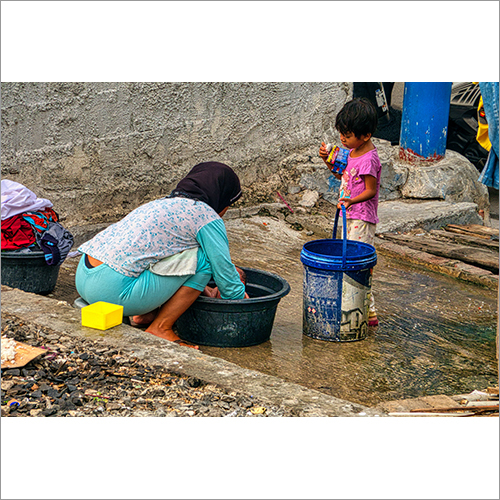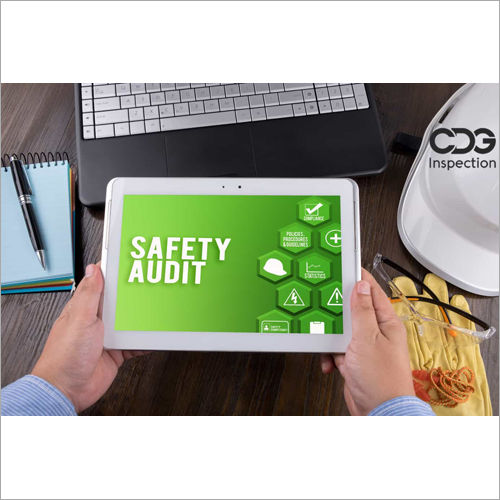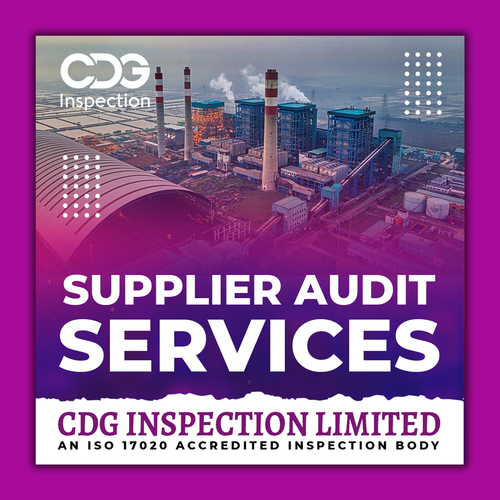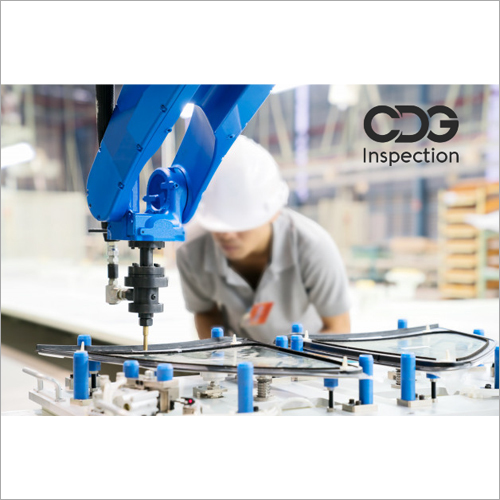Sanitation Audit Inspection Services
Sanitation Audit Inspection Services Trade Information
- Main Domestic Market
- All India
About Sanitation Audit Inspection Services
Sanitation audit/inspection by CIL gives importers an assurance that the product has been made in a hygienic condition. Hygiene and Sanitation Inspection Service. CIL Hygiene and Sanitation Inspection traceable to international standards and methods of work with authorized auditor carries out impartially. Hygiene and sanitation examination comprises steps; the examination of the preparation stage, inspection stage, transfer of samples to the laboratory and reporting. Examination of pre made from pre inspection plan and the revision of reconnaissance work. Competent supervisors are elected from specific inspection briefing. Necessary documents, instruments and equipment are checked. All the preparations are completed before proceeding to the stage of examination by an authorized inspection business is done on the content of the inaugural meeting. Inspection stage includes 7 parameters; 1. Inspection of Food Hygiene; The first parameter, the food hygiene control, operation and selection of the most risky food group begins with the observation of physical condition. The samples taken with the correct technique, and sterile equipment to based on the parameter type and analysed under aseptic conditions, include the additional information is placed in labelledice Boxes. 2. Hygiene Inspection; Samples will be selected based on analysis of parameters, taken under aseptic conditions in special flasks labelled in detail and placed in ice boxes. 3. Personnel Hygiene Inspection, Samples are taken from the staff with the medium prepared for their specific microorganism. 4. Hygiene Inspection Equipment, After selecting Property and equipment critical points in proportion to the risk of intra the appropriate method is determined. Hygiene monitoring equipment, on site measurements and detection of organic pollution in the form or the correct technique for analysis and sampling is carried out as with the swab. 5. Air Hygiene Inspection, Air sampler device taken air samples from Ambient air to determine the microbial load. 6. Check List Application, Regular inspection is carried out after sampling whether selected the authorized auditor and industry specific check list prepared for manufacturing sector groups to determine the place of business of food hygiene and sanitation rules and regulations made by the firm. 7. Food temperature and pH controls the humidity of ambient temperature controls, controls polar substances in frying oil. Situ measurements with calibrated equipment is determined by performing the food safety risks. The closing meeting after finished examination shall be notified to the competent business nonconformities detected. When it comes to the final stage of the business to give eligibility Hygiene and Sanitation laboratory supported, detailed inspection reports are prepared. The hygienic operation of the food processing plant is critical in today s business climate. The motivations for implementing effective, science based sanitation programs include the need to achieve regulatory compliance, to provide due diligence defense and to meet the hygienic condition of the plant, which is a prerequisite for the implementation of any Hazard Analysis & Critical Control Points (HACCP) plan. Other important reasons to ensure that sanitation programs are operating properly are to maintain good vendor relationships and to better trace a contamination problem following a product recall or food borne illness outbreak. The sanitation program also offers the food company a way in which to verify the plant s ability to operate in hygienic fashion.
Product details
| Location | india |
| Inspection Interval | One Time Requirement |
| Mode Of Report | Soft Copy |
| Inspection Method | Visual |
Comprehensive Auditing Approach
We employ a blend of visual inspections, targeted sampling, and advanced swab testing to uncover hygiene non-compliance and potential risks. Our methodology strictly follows FSSAI, WHO, and local guidelines, ensuring your premises meet the highest sanitation standards. Documentation and expert analysis guide practical improvements post-inspection.
Flexible Scheduling & Seamless Booking
You can choose between a one-time audit or periodic assessments based on your requirements. Booking is straightforward via phone, email, or our online portal. Our team responds promptly and works around your operational schedules to minimize disruption.
Expertise & Multilingual Support
Benefit from our certified auditors and hygiene specialists who bring over a decade of firsthand industry experience. To make the process easy and accessible, we offer services and documentation in both English and Hindi, supported by a dedicated 24/7 customer care team.
FAQs of Sanitation Audit Inspection Services:
Q: How do I schedule a sanitation audit inspection for my facility?
A: You can conveniently book our sanitation audit inspection services through our online portal, by calling our hotline, or by emailing us. Our customer support team is available 24/7 to assist with your booking and answer any initial questions.Q: What methods are used during a sanitation audit inspection?
A: Our audits combine visual inspections, targeted sampling, and swab tests. This thorough approach ensures a reliable assessment of your facilitys hygiene levels, in line with FSSAI, WHO, and local regulatory standards.Q: When should my facility consider a one-time versus a periodic sanitation audit?
A: A one-time audit is ideal for a baseline evaluation or before critical events, while periodic audits provide ongoing verification of compliance and help maintain consistent hygiene standards over time. Our team can advise on the best frequency for your needs.Q: Where do you offer your sanitation audit services in India?
A: We provide our sanitation audit inspection services across India, covering urban and semi-urban locations. Our auditors travel to your site, ensuring convenience and minimal operational disruption.Q: What is the process followed during the audit inspection?
A: After booking, our certified auditors visit your facility to conduct visual inspections, collect necessary samples, and perform swab tests. Post-assessment, we deliver detailed documentation and, if required, consult on actionable improvements to enhance sanitation.Q: How can using your audit inspection services benefit my business?
A: Our inspections highlight hygiene risks, ensure compliance with regulatory standards, and provide clear documentation for audits. The post-audit consultation helps you implement corrective actions, reducing infection risks and supporting your reputation for safety and quality.Q: Is the information from the sanitation audit kept confidential?
A: Absolutely. We maintain strict confidentiality regarding all findings, reports, and recommendations from your audit, safeguarding sensitive business information at all times.

Price:
- 50
- 100
- 200
- 250
- 500
- 1000+

 Send Inquiry
Send Inquiry






 Send Inquiry
Send Inquiry Send SMS
Send SMS